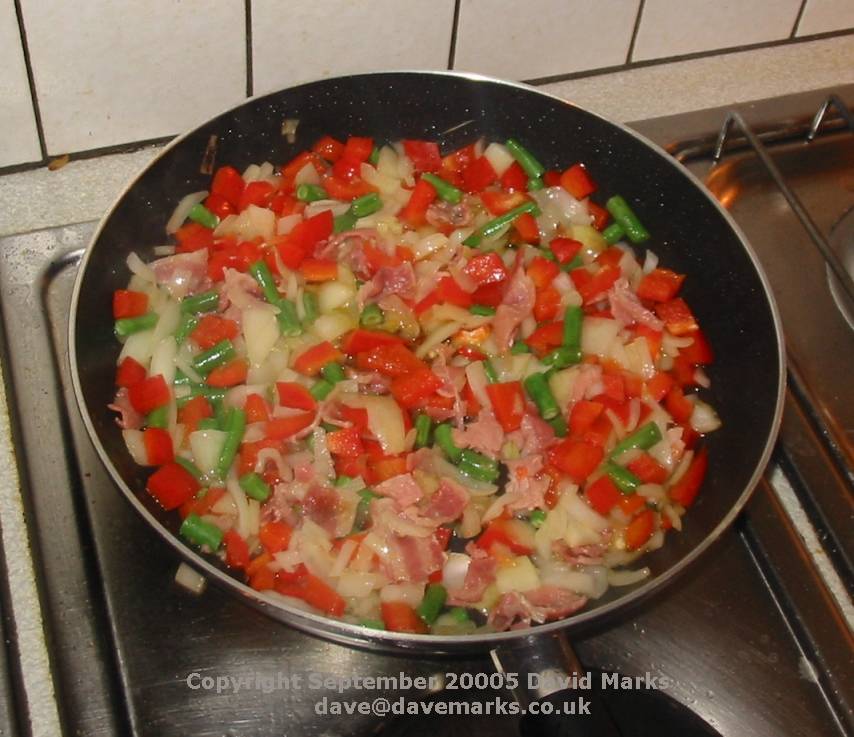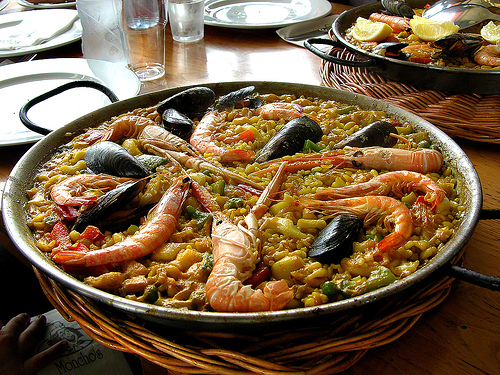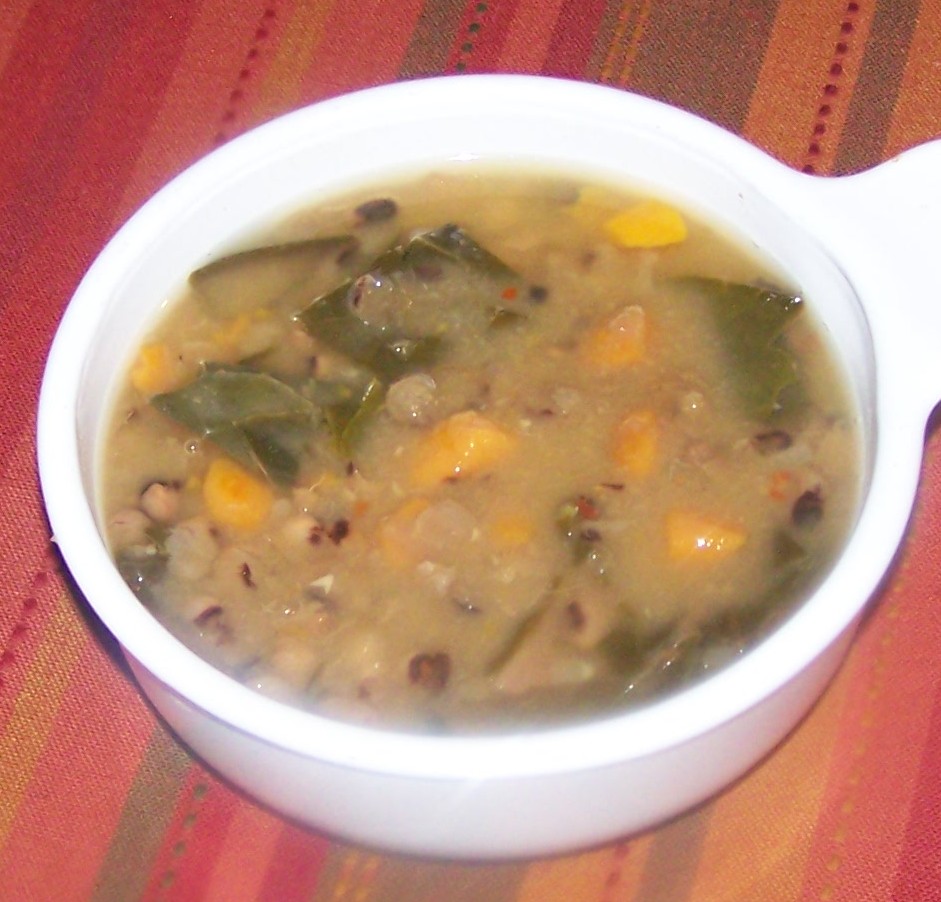 10 Best Foods for a Healthy Life
10 Best Foods for a Healthy LifeOur body needs a whole variety of foods to function properly. Naturally, procured foods are ideal for our daily needs. The key to a healthy lifestyle is eating healthy, so let us look at the ten healthiest foods that we can have:
- Vegetables are high in nutrients such as calcium, iron, magnesium and potassium. They are rich in fiber which helps flush out the toxins from our body. They adhere to the fat residues that are left in the intestine and wash them out with our bowel movements. An adequate amount of fiber also prevents constipation. Dark, leafy greens are very beneficial. They are loaded with beta-carotenes, vitamin C, carotenoids, anti oxidants, and phytochemicals. You can incorporate spinach, cabbage, or lettuce into your salad. Always try to buy fresh vegetables, preferably organic varieties, as they are free of pesticides. If at all fresh ones are not available, opt for frozen ones as opposed to tinned or canned varieties. Tinned food is soaked in brine, and its intake increases the sodium content in our diet.
- Fresh seasonal fruits are always good for you. An apple a day really does keeps the doctor away. Fruits are rich in vitamins, minerals, carotenoids, and flavonoids and mostly consist of fiber and water. Berries such as blueberries, cranberries, raspberries, and strawberries are rich in antioxidants. They contain a compound called anthocyanin that helps neutralize free radicals. These free radicals are the ones that lead to cell damage.
- Instead of refined foods, shift to whole grains. The processing strips them of their nutrients. Oatmeal, brown rice, whole grains, pasta, and cereals are good sources of fiber, protein, minerals etc. They are high in fiber and thus help prevent constipation while also preventing the onset of cancer and high cholesterol. Whole grains satiate us as well and keep us from eating too much during meals. They also contain folic acid and selenium that are crucial elements for maintaining a healthy heart.
- Beans and legumes are rich in phytochemicals. Along with whole grains, they are an excellent source of protein, and are rich in fiber, iron, and magnesium. Such foods help control diabetes and fight cancer and aid weight loss as well.
- Fish such as salmon, halibut, sardines, mackerel, etc. are rich in Omega 3 fatty acids. They help fight cholesterol and triglyceride levels and boost brainpower.
- No fitness diet plan is complete without milk, cheese, yogurt and other dairy products. They are not only rich in calcium, but also consist of protein, vitamin and minerals. They help fight osteoporosis, high blood pressure, high cholesterol, and intestinal problems. If you are weight conscious, shift to low fat milk and cheese. Probiotic yogurt contains active bacteria which works wonders for our stomach.
- Nuts are full of fat, but of the good kind. They contain mono and polysaturated fats that help lower LDL levels and also fight cancer and heart problems.
- Chicken, turkey, lamb, etc. are good sources of protein and are far healthier than red meat.
- Eggs are an excellent source of protein and carotenoids and are especially good for pregnant women and growing children.
- Finally yet importantly, drink at least 6-8 glasses of water every day. Doing so aids digestion, accelerates metabolism, and controls weight.







